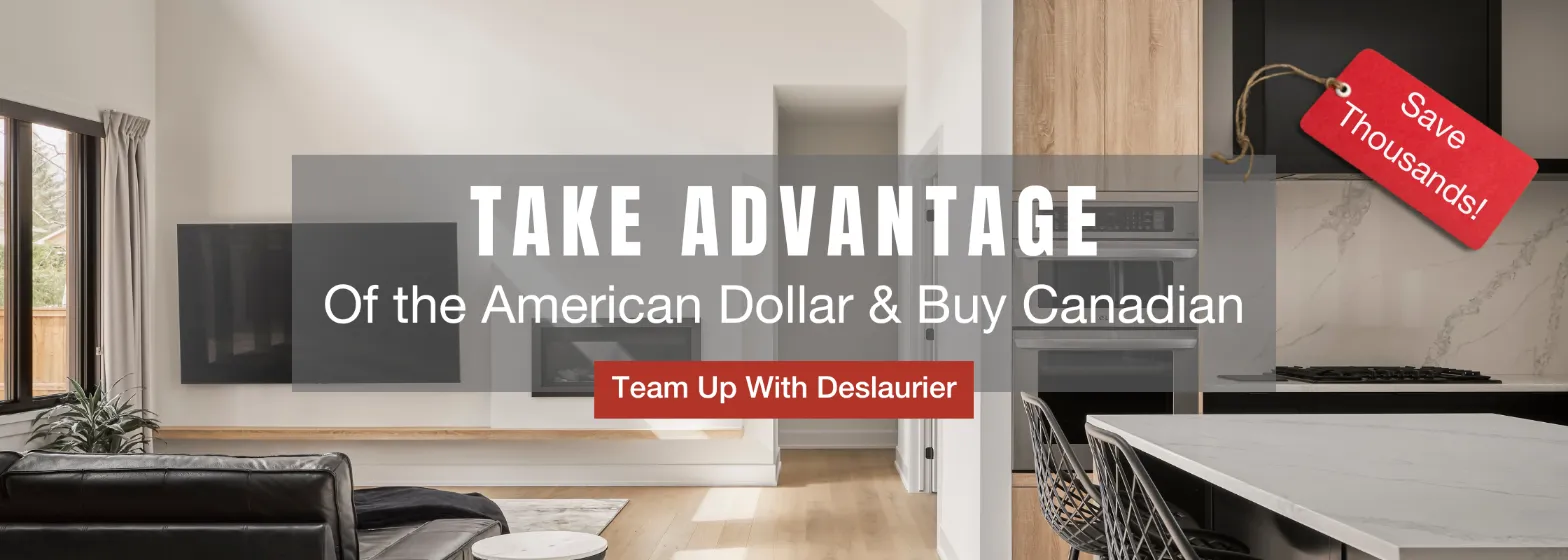Are you debating whether or not to install a kitchen backsplash in your new kitchen?
In this article, Deslaurier Design Consultant Ashley Fong talks to us about the decision to add or omit a kitchen backsplash during the renovation process.
Plus, we’ll discuss the different kinds of backsplash materials and styles most prevalent in the kitchen design industry.
Let’s get started!
| Table of Contents |
|
1. Do You Need a Kitchen Backsplash? 2. Choosing Not to Install a Kitchen Backsplash |
Do You Need a Kitchen Backsplash?
The short-and-fast answer to the question, “Do I need a kitchen backsplash?” is: No.
You don’t need one.
Strictly, speaking, at least. You don’t need a backsplash in the same way you need a sink or a countertop in your kitchen.
The thing is, backsplashes aren’t a mandatory component of a kitchen reno, but they are a useful one. Most designers will recommend that you use a backsplash because they prevent water, grease, and other liquids from damaging the wall behind it.
Designer Ashley Fong tells us that,
You don’t need a backsplash, but without one, your wall is exposed and will require a higher level of maintenance. From a durability standpoint, it’s recommended, but not needed.
Choosing Not to Install a Kitchen Backsplash
So, backsplashes are not your thing. That’s A-okay! It’s your kitchen after all. You get to decide what does and doesn’t go inside.
This kitchen doesn't have a backsplash, and there's no love lost—it's a beautiful traditional kitchen design:
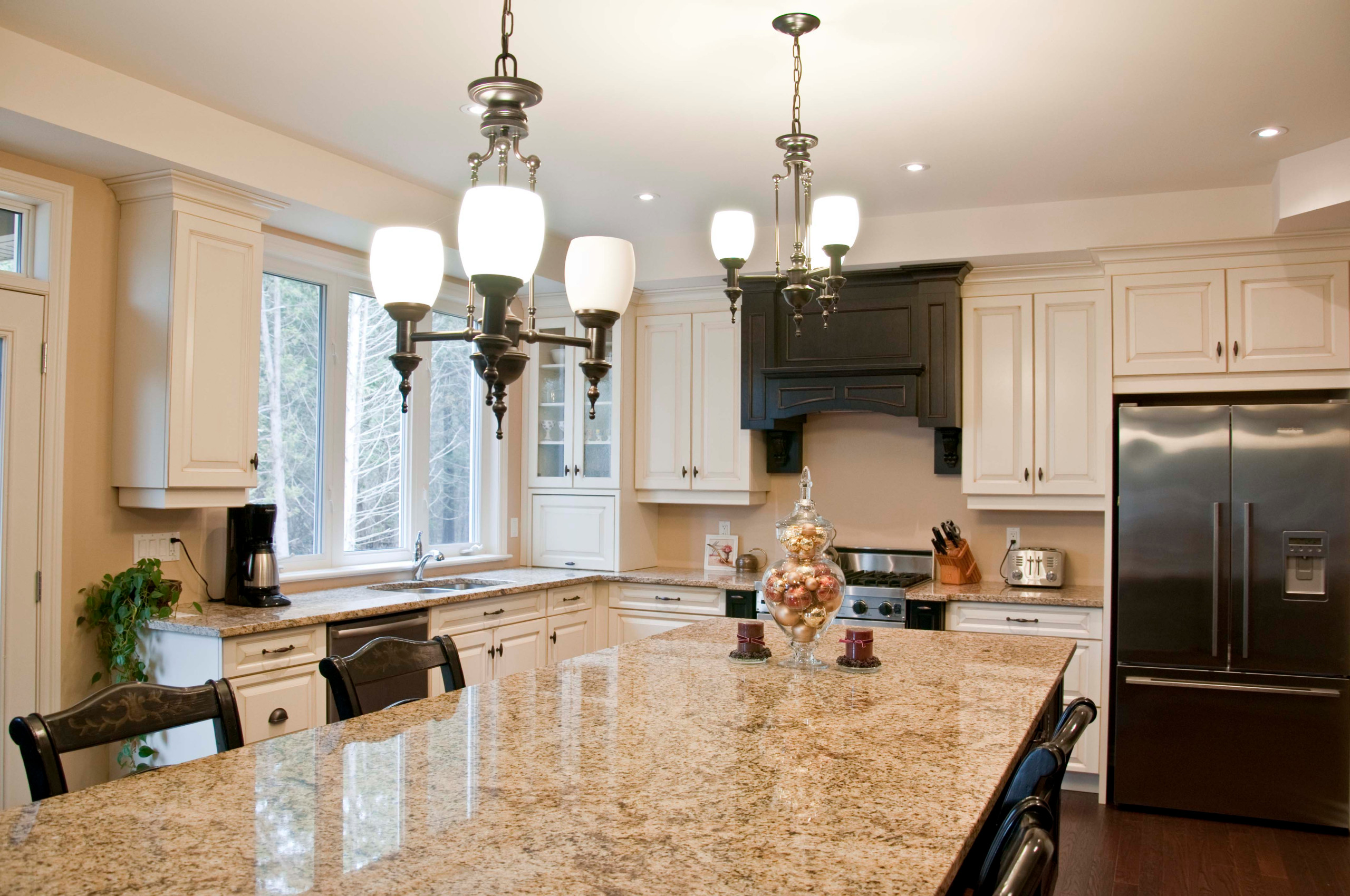
That being said, you still want to take every precaution necessary to increase the longevity of your kitchen.
To that end, there are a few things you're going to want to get done if you’re choosing not to install a kitchen backsplash. Consider these items preventative measures you can take to keep your walls at their best.
Without a backsplash, your kitchen becomes vulnerable to spill- and mess-related damage. If you’re confident that you don’t want to add a backsplash to your design, here’s what you need to do:
Research Kitchen Wall Paint
Firstly, you’ll want to research the type of wall paint that you'll use. Without a backsplash barrier in place, food splatter will inevitably get stuck to your kitchen walls. Ideally, you want to find a moisture-resistant primer and washable paint that can withstand lots of scrubbing.
A high-quality paint will allow you to wipe repeatedly without causing discoloration. Usually, glossier paints withstand regular cleaning better than matte paints. A high-gloss or semi-gloss paint is probably the best choice for a painted kitchen backsplash.
Seal the Kitchen Countertop
Next on the list after paint selection, you’ll certainly need to seal the edge of your countertop where it meets the wall. Otherwise, liquids are bound to drip down behind your base cabinets where cleaning is impossible.
Avoid Mess and Moisture
Last but not least, be on guard against spills! Try your best to keep that would-be backsplash zone free of moisture.
It’s a good habit to get into as a homeowner anyways, since moisture is the worst enemy of kitchen cabinets. You can read about keeping cabinets dry and clean in the article “How to Clean Your Kitchen Cabinets”.
Backsplashes for Behind the Stove
Maybe you’re not a fan of the look of the backsplash, but you’re also not about to volunteer for extra cleaning duties. We hear you!
You might want to consider installing a backsplash only on the wall space behind the stove. Without question, behind the range is where the most splatters happen.
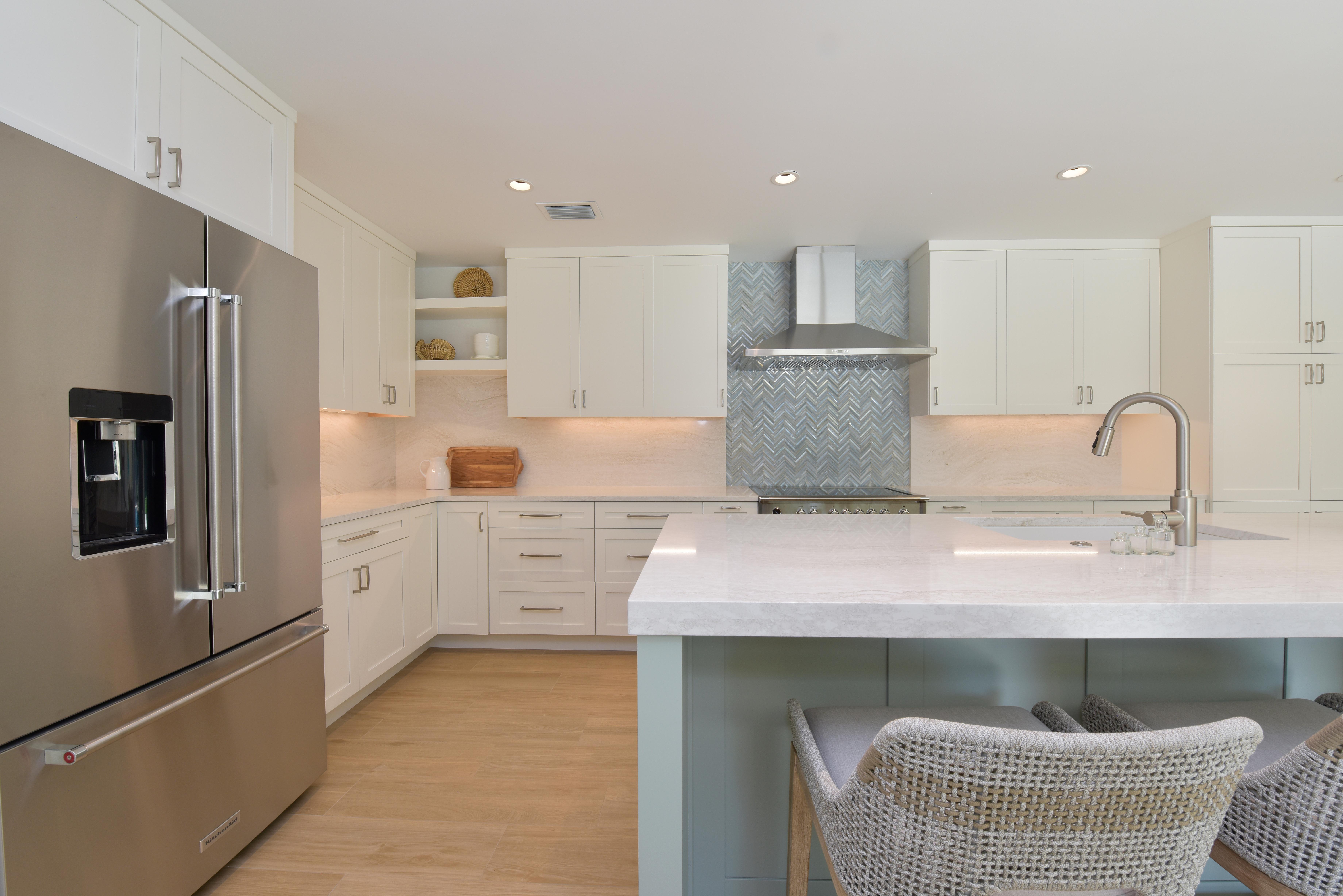
Still don’t like the idea?
Why not switch your kitchen layout around so that your cooktop or range is on the kitchen island? That way, you won’t have a behind-the-stove wall to worry about!
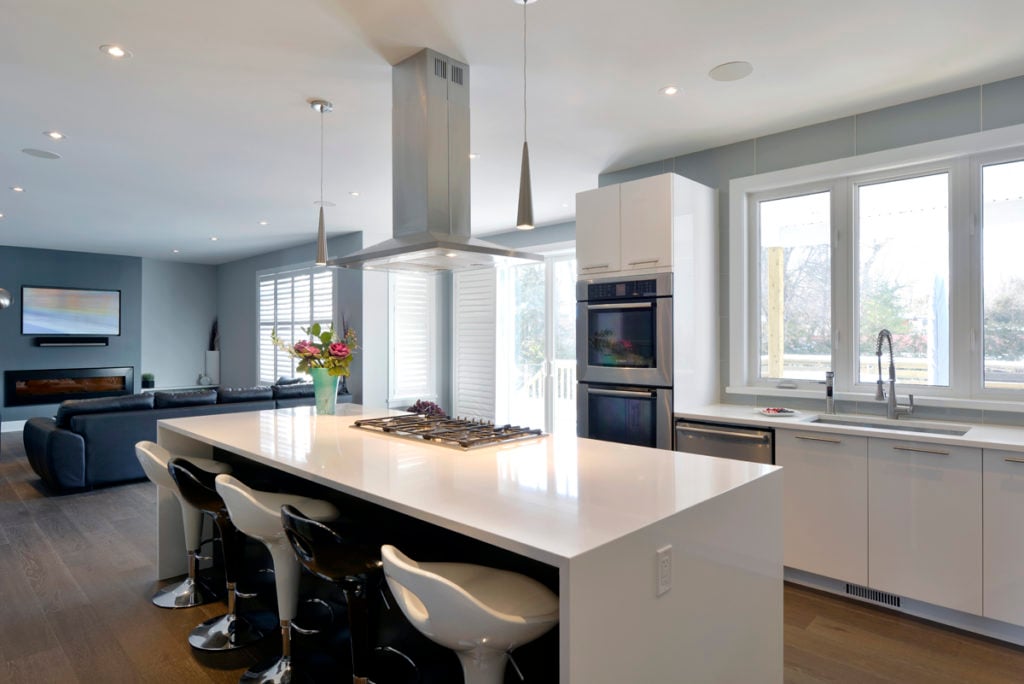
Wallpaper Backsplashes
If you’re willing to do some shopping and possibly order online, you can find heat-resistant and waterproof wallpaper to use as a backsplash. As the industry’s technology gets better and better, these wallpaper products look less and less like paper! Plus, many of them are DIY-friendly.
Of course, even wallpaper specifically manufactured for backsplash use is still paper at the end of the day. It will eventually peel, bubble, and tear.
A wallpaper kitchen backsplash won’t be as durable as a tiled or stone backsplash, but it may just hit the aesthetic nail on the head if you’re a homeowner who doesn’t want a conventional backsplash.
How to Choose a Backsplash
Kitchen Backsplash Ideas
If you want to the best protection for your kitchen walls against future splatters and splotches, a backsplash might be in the cards.
Even if you aren’t gung-ho on the backsplash trend, with so many design options, there’s bound to be at least one product out there that fits the bill for durability and ticks the box for aesthetics, too.
Kitchen Backsplash Materials
For starters, there are so many novel materials you can use to create a backsplash. A few of the most popular kitchen backsplash materials are:
- Stainless steel backsplashes
- Stone backsplashes
- Quartz backsplashes
- Laminate backsplashes
For example, check out the stainless steel backsplash in the kitchen below! Using stainless steel as a backsplash is a delightfully unconventional approach to take in your kitchen design.
It’s unique. It’s sleek. It’ll make you smile from cheek to cheek!
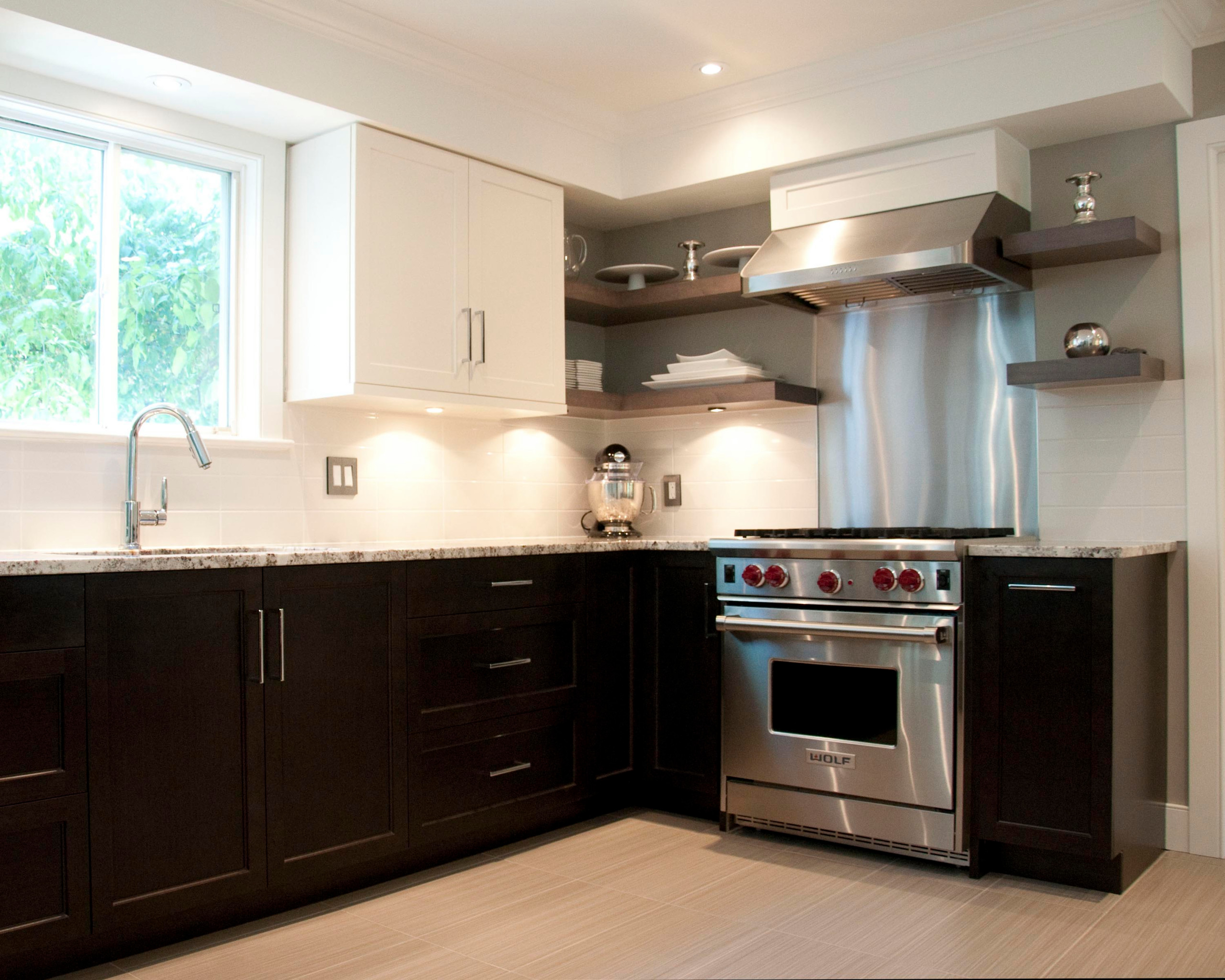
Kitchen Backsplash Styles
Experimenting with different materials isn’t the only way you can make your kitchen backsplash stand out from the suburb.
You can extend your backsplash as much or little as you like.
The base-level backsplash in the industry is 4 inches. Nowadays, homeowners typically upgrade to taller backsplashes and use them as design focal points, so a 4-inch backsplash is not as common as it used to be. Here's a rare appearance:
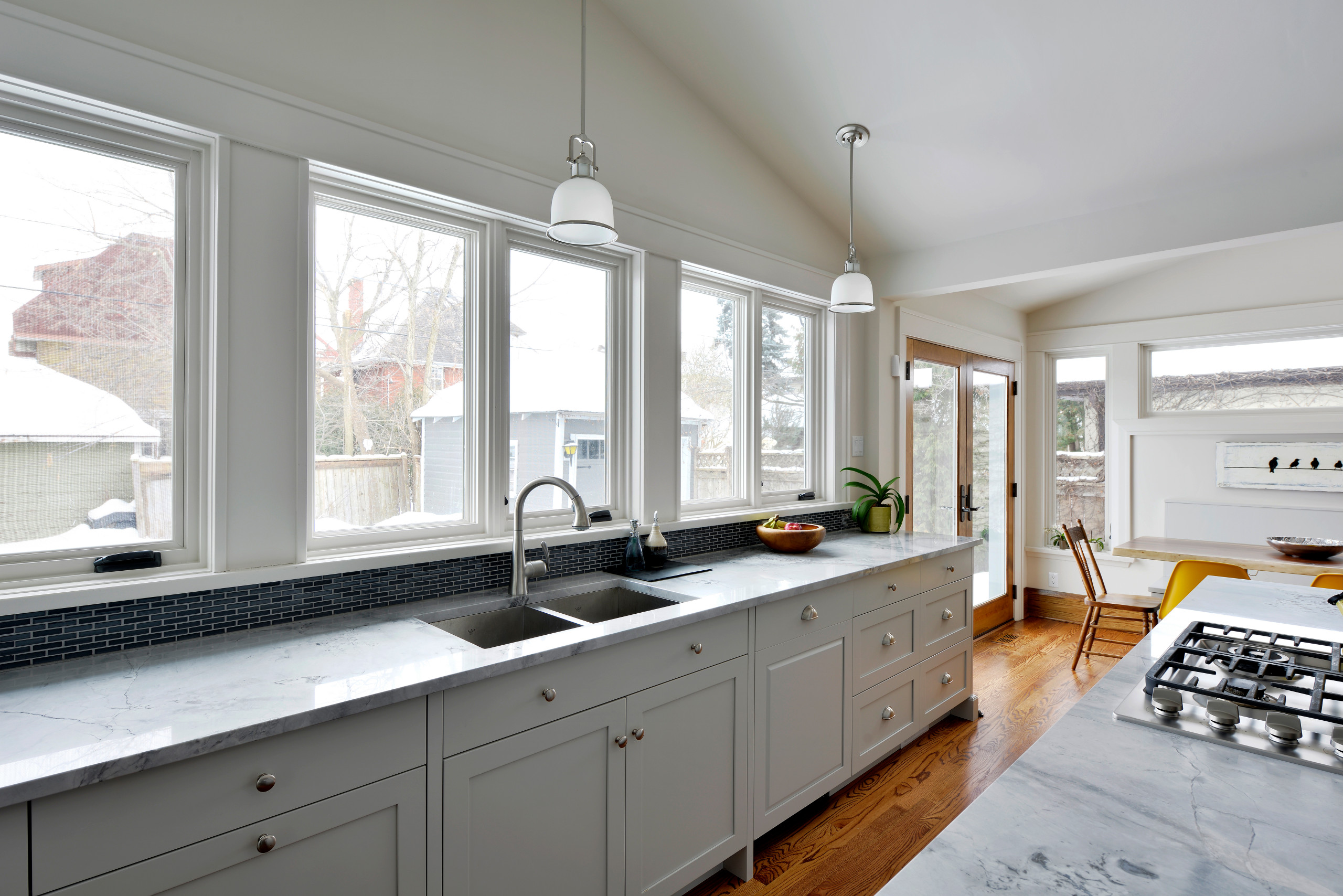
However, if you don’t want anything too eye-catchy, a 4-inch or a 6-inch lip may be all you need to protect your precious drywall.
From there, you can have your backsplash climb up the kitchen wall as far as you’d like. Many times, homeowners have their backsplash stop at the bottom side of their upper cabinets (usually 18 inches), like this:
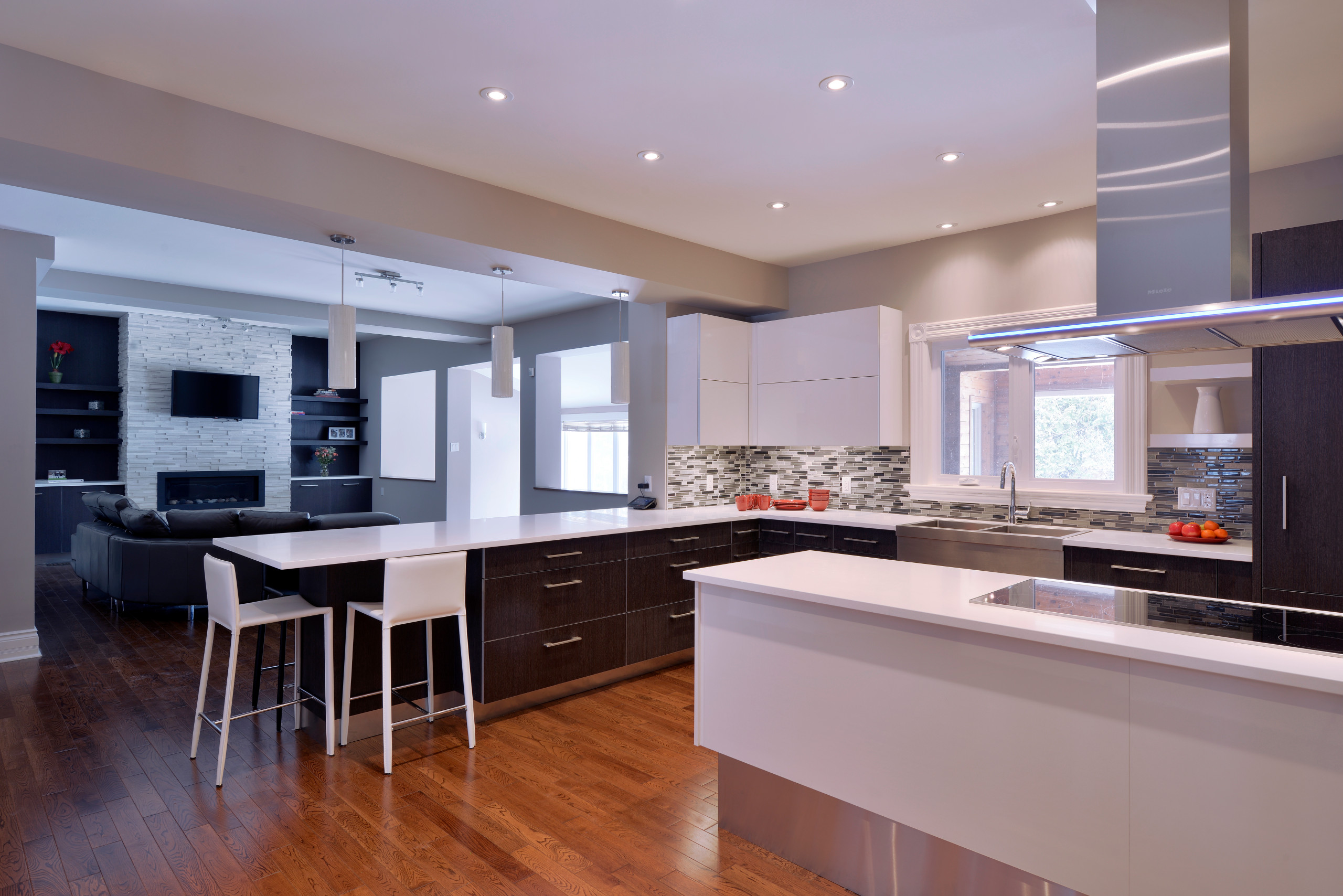
Other times, homeowners go for a full ceiling-height effect, like this:
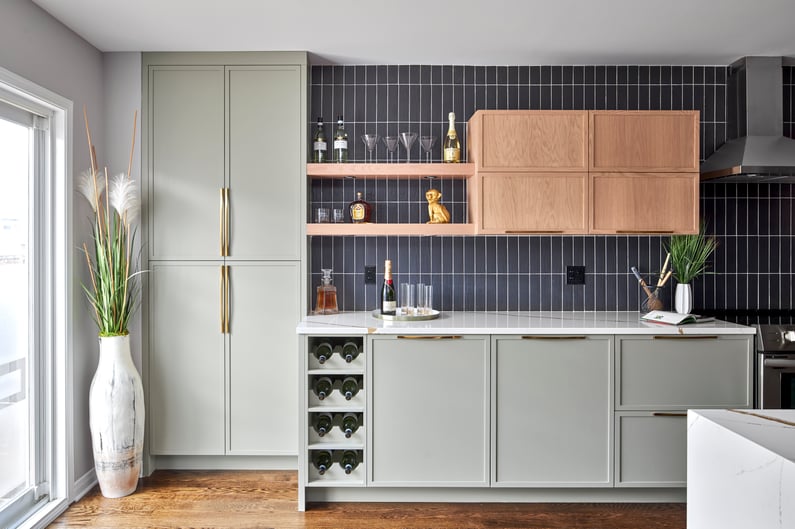
These are just the basic forms of backsplashes—all it takes is a simple Google search to find thousands of kitchen design images. For more information on how to find kitchen design inspiration online, check out our article, "How to Use Pinterest for Your Kitchen Renovation"
You can also visit Deslaurier’s showcase to see our most recent kitchen reno projects!
Design With Deslaurier
As you plan your kitchen renovation, know that your design freedom has no bounds. With the right precautions, you can build a functional kitchen without a backsplash. Or, you can create a custom backsplash that suits your unique preferences.
Want a professional point of view? At Deslaurier Custom Cabinets, we offer FREE kitchen design consultations in Jupiter, FL. Book yours today!
Interested in becoming a dealer in Florida? Visit our Become a Dealer page to connect with us!
Related Links:
- How to Choose a Colour for Your Kitchen Cabinets
- How to Extend Kitchen Cabinets to the Ceiling
- Easy-to-Clean Kitchen Designs
